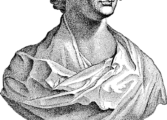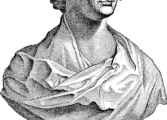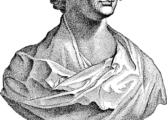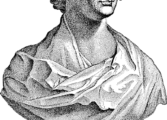Jane Austens Pride and Prejudice is a timeless masterpiece that continues to captivate readers with its wit, romance, and social commentary

This beloved novel, published in 1813, has cemented its place as one of the most influential pieces of literature in the English language. In this article, we will delve into the world of “Pride and Prejudice,” exploring its significance, historical context, and enduring impact on literature.
Introduction: A Deeper Understanding of “Pride and Prejudice”
“Pride and Prejudice” follows the story of Elizabeth Bennet, a spirited and intelligent young woman, as she navigates the challenges of love, societal expectations, and personal growth in Regency-era England. Set against the backdrop of the landed gentry and their intricate social hierarchy, Austen’s novel explores themes of class, marriage, gender roles, and the complexities of human relationships. By dissecting the title itself, we can gain insight into the central themes of the novel and its representation of the human condition.
I. The Evolution of “Pride and Prejudice” through History

A. Jane Austen’s Life and Influences
1.
Jane Austen’s background and upbringing that shaped her writing style and worldview.
2. How her personal experiences and observations of society influenced the themes and characters in “Pride and Prejudice.”
B. Initial Reception and Publication
1. Contemporary reactions to “Pride and Prejudice” upon its initial publication.
2. The gradual recognition and appreciation of Austen’s work over time.
C. Adaptations and Popularity
1. The various adaptations of “Pride and Prejudice” in different artistic mediums, such as film, television, and theater.
2. The impact of these adaptations on the popularity and enduring appeal of the novel.
II. Analyzing the Themes and Characters of “Pride and Prejudice”
A. Social Commentary and Critique
1. The exploration of societal norms and expectations in Regency-era England.
2. The commentary on the role of women and the constraints they faced within a patriarchal society.
B. Love and Relationships
1. The portrayal of different types of love within the novel, from romantic to familial.
2. The development of the relationship between Elizabeth Bennet and Mr. Darcy as a central focus.
C. The Balance Between Pride and Prejudice
1. The examination of the destructive nature of pride and prejudice in the characters’ lives.
2. The importance of personal growth and self-reflection in overcoming these flaws.
III. Long-lasting Impact and Relevance
A. Literary Contributions
1. The enduring influence of Austen’s writing on subsequent generations of authors and readers.
2. The development of the genre of romantic fiction and its impact on popular culture.
B. Social and Historical Significance
1. The reflection of societal norms and values during the Regency era.
2. The exploration of class distinctions and the shifting nature of social status.
Conclusion
Jane Austen’s “Pride and Prejudice” remains a significant literary work that continues to resonate with readers today. Its enduring popularity, timeless themes, and memorable characters have cemented its place as a classic piece of literature. By delving into the historical context, themes, and impact of this novel, we uncover its lasting relevance and universal appeal. Whether you are a long-time admirer or discovering Austen’s world for the first time, “Pride and Prejudice” promises to transport you to a world of romance, wit, and insightful social commentary.
















































